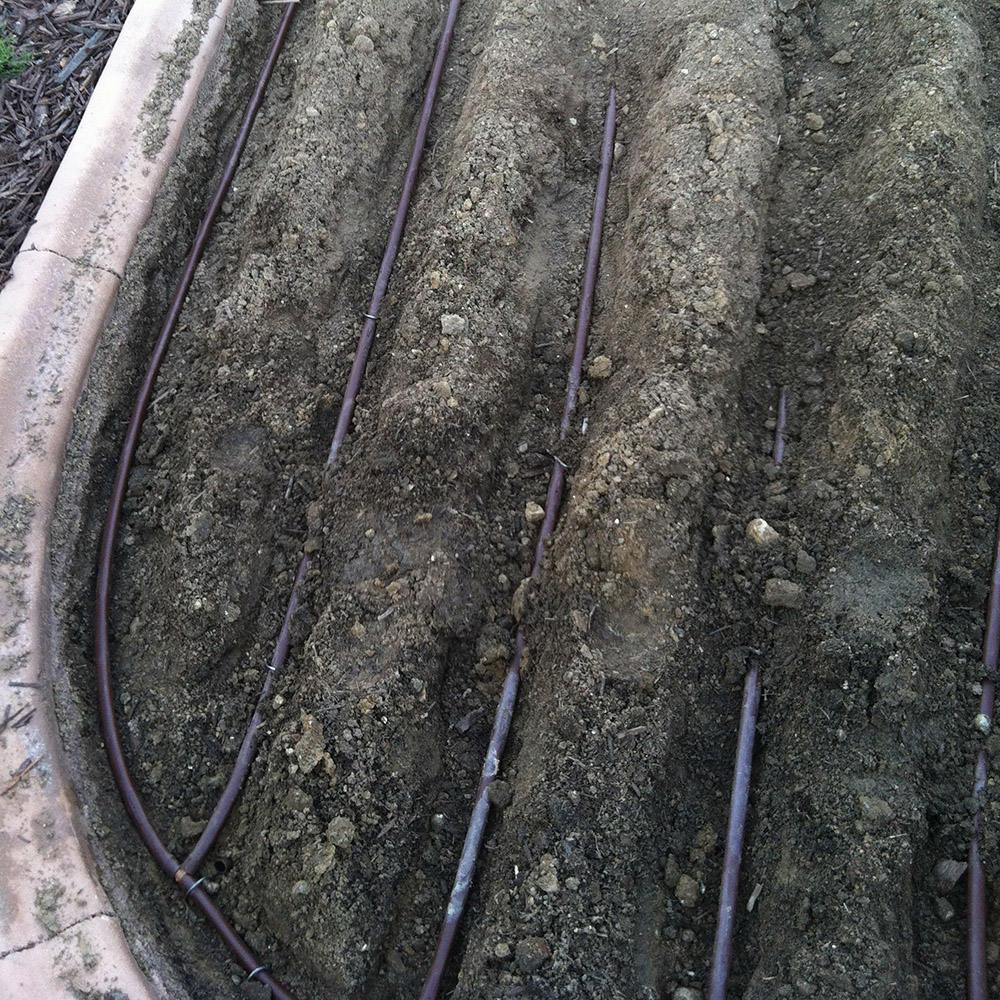
Installing a drip irrigation system is a great way to keep your landscaping watered correctly, while saving you the trouble of standing in the yard with the garden hose. But even though drip irrigation saves you a ton of work, you still have to maintain your system. Many homeowners choose to perform this routine maintenance in the spring. Basic drip irrigation maintenance only takes about an hour, and it can save you a lot of time and expense later on.
Clean the filter. Your drip irrigation system has a filter, which prevents small particles from getting into the system and clogging emitters. Also, if the filter becomes too full, it will restrict your flow rates. This means plants won’t be receiving the level of water they need. Disassemble the filter and clean it thoroughly at least once per year (ideally once a quarter).
Check for cracked hoses. Run your system and look for water seepage through the hoses. If you find sections of cracked hose, simply splice in a new line where the damage occurred.
Check your hose washers. Each connection contains a rubber washer, which may decay and crack over time. Since this can cause leaking and water waste, take the time to inspect them regularly so that you don’t have leaking couplers later.
Flush out the lines. Open the end caps and flush out the lines, so that the water forces out dirt, bugs, and other bits of matter that may have accumulated inside them. Doing this will clean out your lines and prevent clogs in your emitters.
Check emitters. A clogged emitter means nearby plants aren’t receiving the water they need. Without regular emitter checks, plants can wilt and die before you realize you have a clog. Turn on the system and check each emitter individually to be sure water is flowing freely. It takes only a few minutes, but it’s an important part of garden maintenance.
Move drip lines and add more emitters. As plants mature, their water needs change. As they grow larger and develop larger root systems, you may need to move drip lines farther away from them. Adding more emitters is often necessary as well, in order to ensure each plant receives an adequate distribution of water. *This is a critically important task that is often overlooked.*
Replace the batteries in your timer. Even if your system seems to be working properly, you never know when the batteries may become weak. At that point, your timer will stop working properly, and it may be several days or more before you notice the problem.

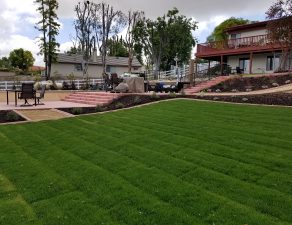
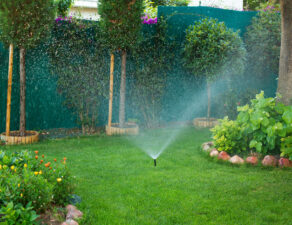
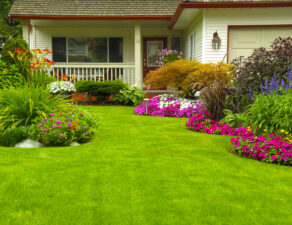
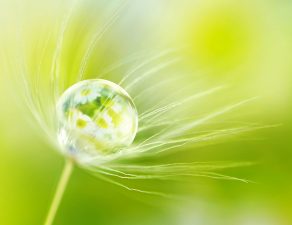
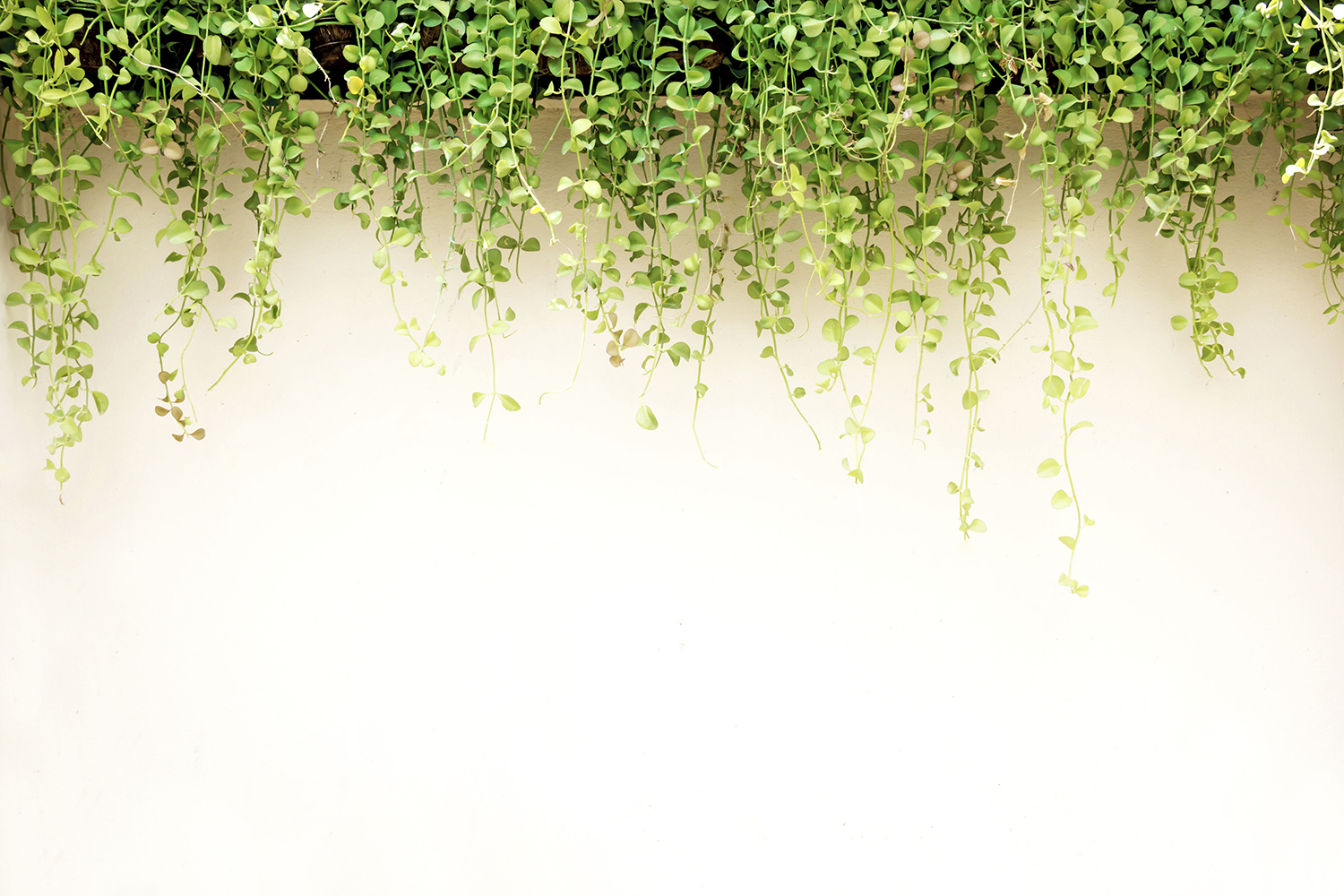


Write a comment: